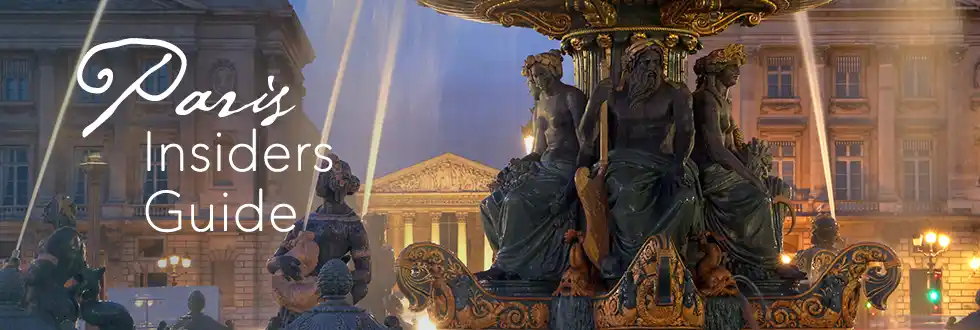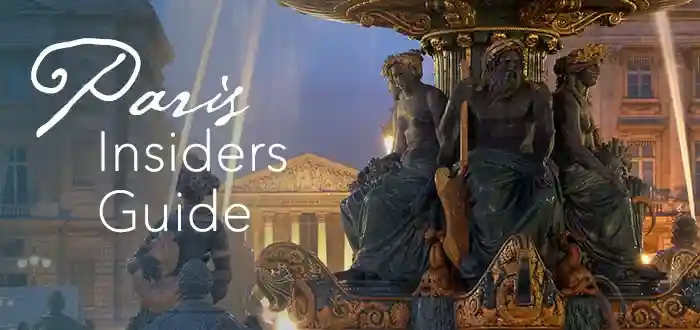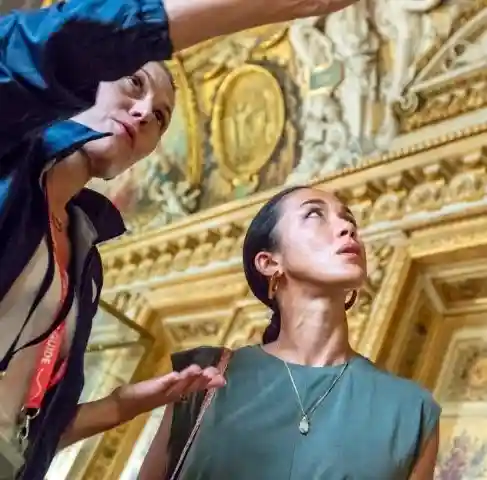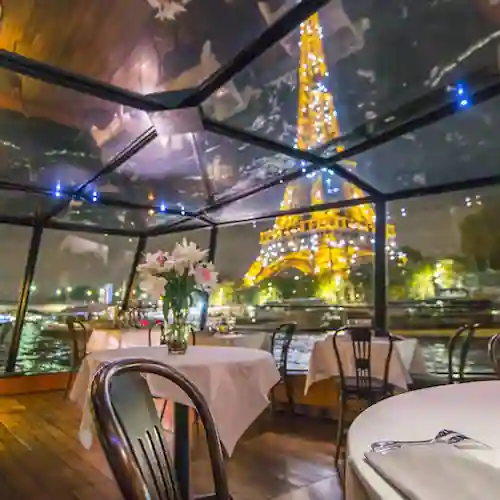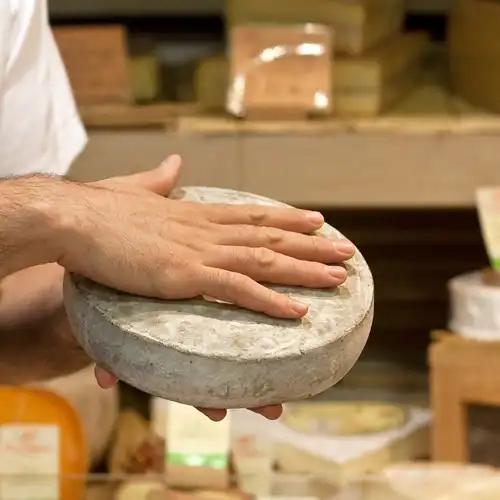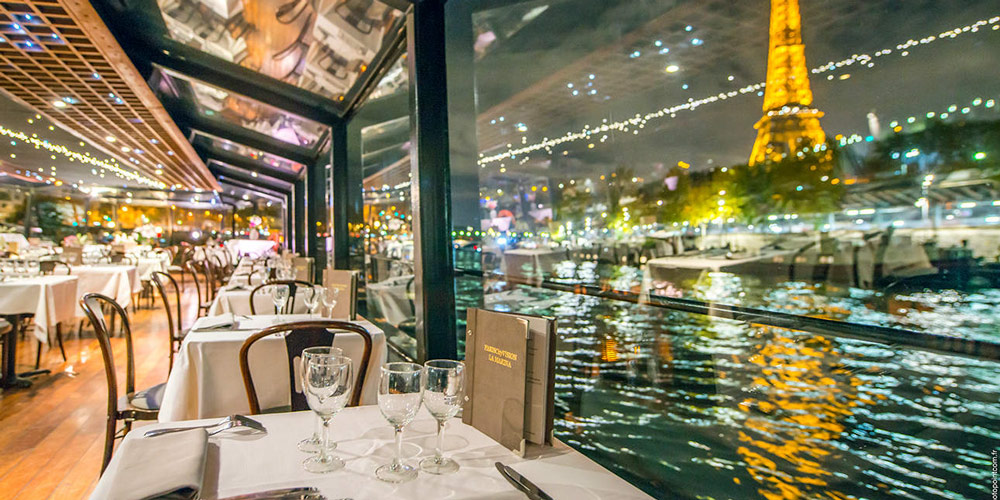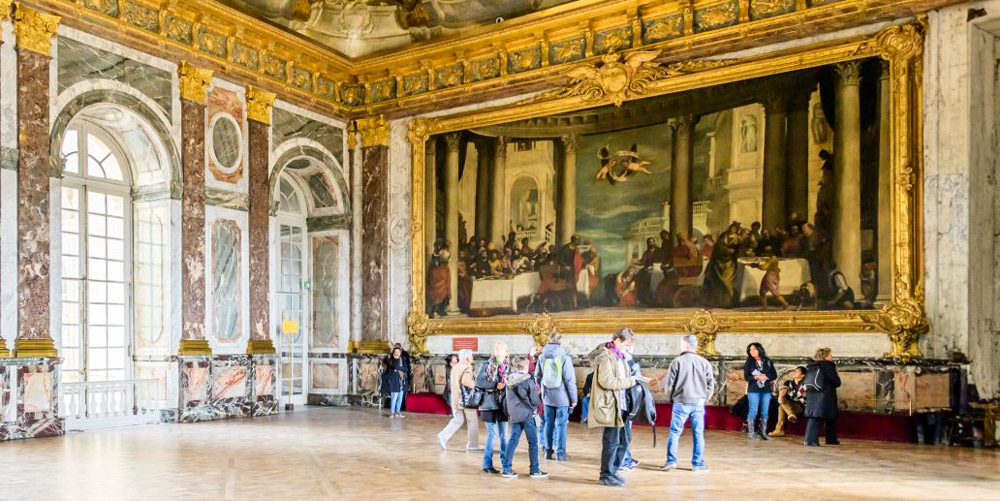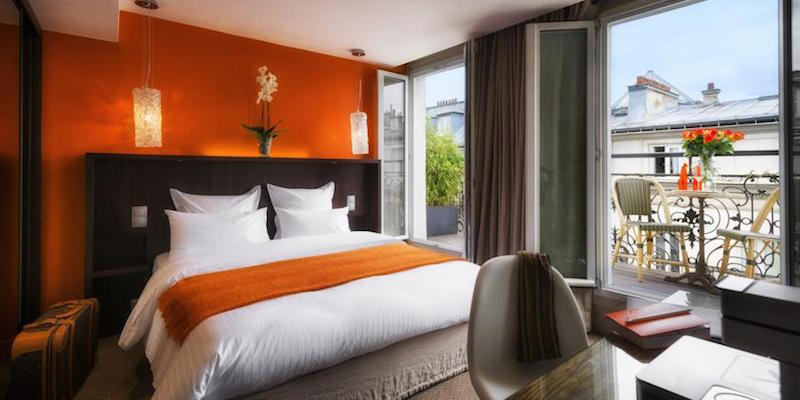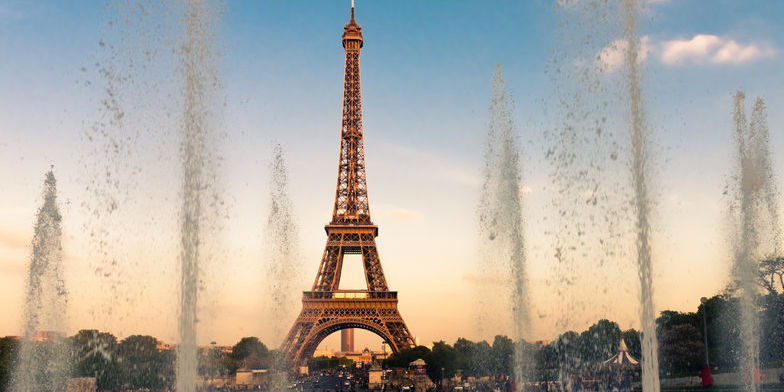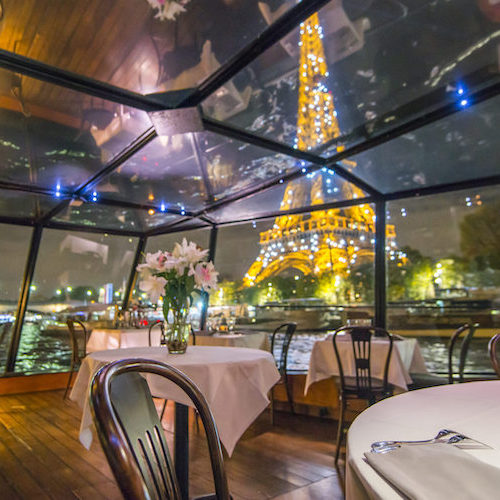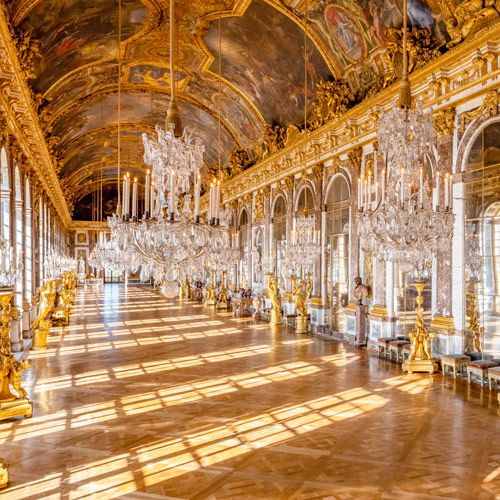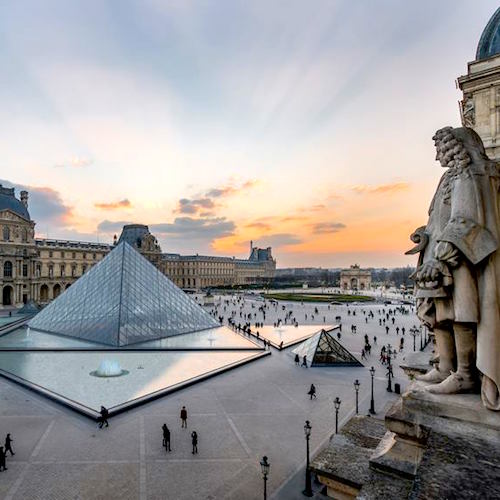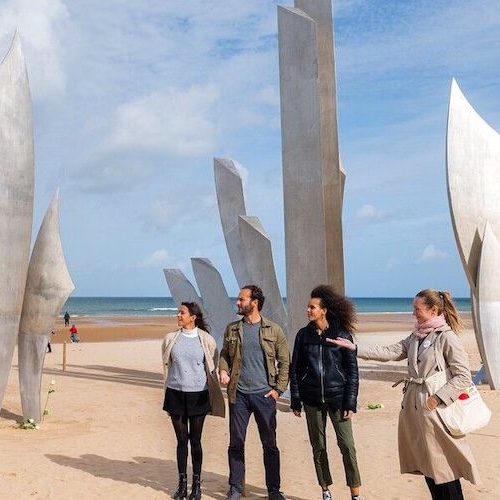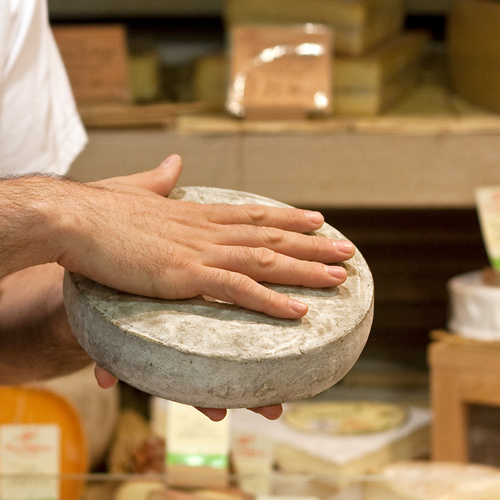Paris Bridges – Our Favorite Ways To Cross The Seine
The Paris bridges are more than a way to get across the Seine — they're part of the city's identity. Each one is a marker in time, a frame for the city's shifting light, a vantage point to admire the buildings and boats and life along the riverbanks. Walk across just a few and you'll start to see the shape of the city in a new way — how it's stitched together, how it breathes.
Whether stone, steel, or suspension, the famous Paris bridges have carried everything from royal parades to morning joggers. They've survived wars, revolutions, and architectural fads. They link not only the Right and Left Banks, but the old and new Paris — the glitter of Pont Alexandre III, the sculpted strength of Pont de Bir-Hakeim, the clean lines of the Simone de Beauvoir footbridge. They're part utility, part poetry, and absolutely essential to the fabric of the city. Just try imagining Paris without them. We can't.
![]()
Discover What's On When You're Here...
• January... |
• February... |
• March... |
• April... |
• May... |
• June... |
• July... |
• August... |
• September... |
• October... |
• November... |
• December... |
Discover What's On When You're Here
• January...
|
• February... |
• March... |
|---|---|---|
• April... |
• May... |
• June... |
• July... |
• August... |
• September... |
• October... |
• November... |
• December... |
Pont Neuf – The Oldest New Bridge
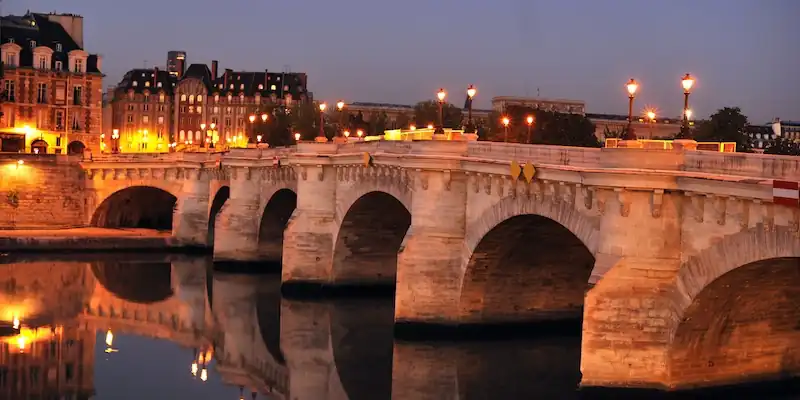 Pont Neuf, the "new bridge" that's the oldest in Paris
Pont Neuf, the "new bridge" that's the oldest in Paris
If you're keeping track of historic bridges of Paris, Pont Neuf earns a special mention — despite its name (New Bridge), it is actually the oldest bridge in Paris.
That charming bit of mislabeling has endured for over 400 years, ever since construction began under King Henry III in 1578. When it was finally finished during the reign of Henry IV in 1607, Pont Neuf wasn't just the newest bridge in town — it was the boldest.
It was the first bridge in Paris made entirely of stone, a forward-thinking move that gave it the staying power its wooden predecessors lacked. Every earlier bridge had either collapsed, caught fire, or crumbled away under the weight of bad engineering and worse traffic. Pont Neuf, on the other hand, was built wide, strong, and building structures on it was forbidden — a radical departure at the time. It offered pedestrians room to walk, vendors space to sell, and horses a bit of breathing room.
Today, Pont Neuf remains one of the most famous bridges in Paris, not just for its longevity but for its strategic location. It connects the Right and Left Banks via the western tip of Île de la Cité, where you'll also find the romantic riverside park Square du Vert-Galant. At the center of the bridge sits an equestrian statue of Henry IV, placed there in 1614, decapitated during the French Revolution, and later reconstructed with charming French stubbornness. Pont Neuf may be old, but it still knows how to hold a crowd.
![]()
|
Paris Dinner Cruises on the Seine Dine in style as you glide past the Eiffel Tower, Notre-Dame, and the Louvre on a magical Seine River cruise. Gourmet food, champagne, and Paris lit up at night – it’s unforgettable. |
|
Paris Dinner Cruises on the Seine Dine in style as you glide past the Eiffel Tower, Notre-Dame, and the Louvre on a magical Seine River cruise. Gourmet food, champagne, and Paris lit up at night – it’s unforgettable. |
Pont Alexandre III – The Grandest Bridge
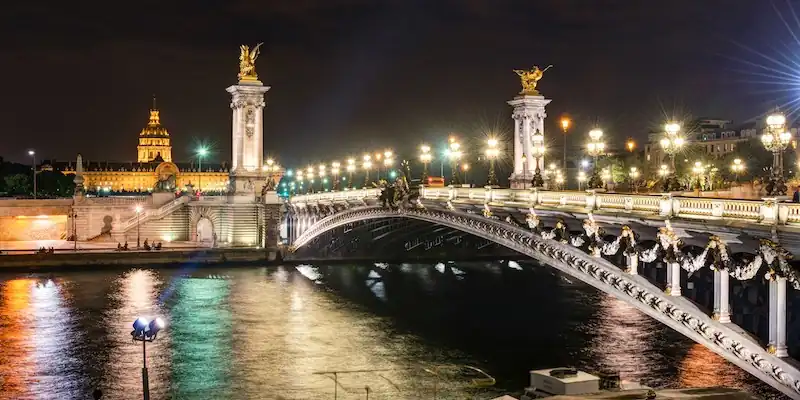 Pont Alexandre III dramatically lit at night, with Les Invalides in the distance
Pont Alexandre III dramatically lit at night, with Les Invalides in the distance
If the bridges of Paris had a fashion show, Pont Alexandre III would swan down the catwalk dripping in gilded statues and looking smug about it. Built for the 1900 Exposition Universelle — a world's fair meant to dazzle visitors with France's cultural swagger — this showstopper was engineered not just to span the Seine, but to impress anyone with functioning eyesight.
Pont Alexandre III links the Champs-Élysées, area to the Esplanade des Invalides, and its timing couldn't have been more theatrical. After a century marked by revolutions, emperors, and artistic upheaval, Paris wanted to celebrate something a little more stable — like its shiny new Franco-Russian alliance. The bridge is named after Tsar Alexandre III of Russia, whose unfortunate son, Nicholas II, laid the first stone and later lost his empire (and more) in the Russian Revolution.
But don't let that cloud your view. This is arguably one of the most beautiful bridges in Paris, with its extravagant Art Nouveau lamps, coppery winged horses, and four massive stone pylons topped with golden sculptures. It somehow manages to be over-the-top and perfectly balanced — a gold-leaf flex without tipping into kitsch.
And because this is Paris, the grandeur doesn't stop at the surface. Underneath the glittering flourishes lies a technical marvel: a single steel arch that keeps the span low enough not to block the view of the Champs-Élysées from the Left Bank.
Want to see the Seine River bridges at their most theatrical? Come here at sunset when the light bounces off the gilded statues and catches the dome of Les Invalides in the background. It's like Paris has staged a scene just for you.
![]()
|
Trade Paris bustle for royal grandeur on a guided Versailles tour. Skip the lines, wander the gardens, and peek inside Marie Antoinette’s private estate. History never looked this good. |
|
Trade Paris bustle for royal grandeur on a guided Versailles tour. Skip the lines, wander the gardens, and peek inside Marie Antoinette’s private estate. History never looked this good. |
Passerelle Simone de Beauvoir – The Newest Bridge
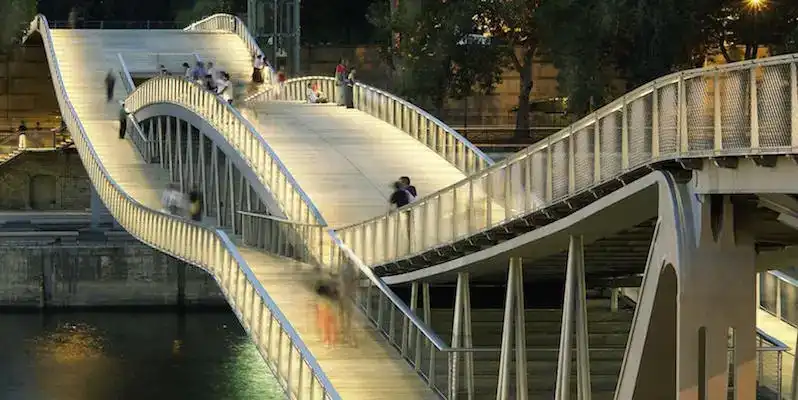 The design marvel that is Passerelle Simone de Beauvoir, with no central support
The design marvel that is Passerelle Simone de Beauvoir, with no central support
Leave it to Paris to give even its pedestrian bridges a bit of philosophical flair. Opened in 2006, the Passerelle Simone de Beauvoir is named for the famed feminist thinker and author who knew a thing or two about forging bold new paths. Fittingly, this bridge doesn't follow the usual template — it's curved, asymmetrical, and suspended mid-air like some kind of architectural high-wire act.
It links the modern Parc de Bercy on the Right Bank with the 13th Arrondissement's massive Bibliothèque François-Mitterrand, which looms like four open books at the edge of the Seine.
That's right — you can walk straight from a riverside park into the metaphorical embrace of French literature, no traffic in sight. And unlike most of the historic bridges of Paris, this one was built for strolling, cycling, and sitting, with wide wooden planks and built-in benches that invite lingering.
Technically, it's a marvel. There's no central support holding it up — instead, the bridge swoops across the river in a graceful arc supported only at its ends. The entire structure was prefabricated in eastern France by the Eiffel factory (yes, that Eiffel), then floated down the river to its new home like a metal sea creature gliding into port.
It may not have the ornamentation of Pont Alexandre III, but the Passerelle Simone de Beauvoir holds its own with quiet confidence and good angles. It's one of the most beautiful bridges in Paris — just modern enough to impress without showing off. Walk across it at dusk, and you'll catch a glimpse of what Paris looks like when it's thinking ahead.
![]()
|
Browse our hand-picked Paris hotel deals with real-time discounts of up to 20%. Stay in the Marais, Saint Germain, the Latin Quarter, the Left Bank near the Eiffel Tower… every arrondissement is on the list. |
|
Browse our hand-picked Paris hotel deals with real-time discounts of up to 20%. Stay in the Marais, Saint Germain, the Latin Quarter, the Left Bank near the Eiffel Tower… every arrondissement is on the list. |
Pont des Arts – A Paris Bridge Made for Pausing
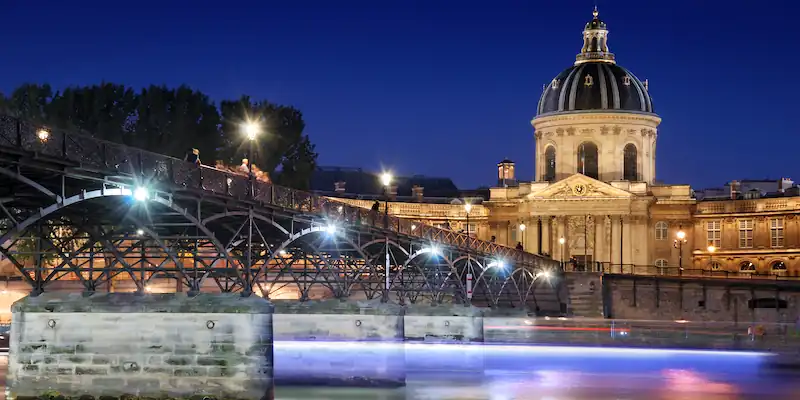 Pont des Art at night, with the Institut de France
Pont des Art at night, with the Institut de France
The Pont des Arts isn't the grandest of the bridges of Paris, but it may be the most beloved by those who actually walk across it. Built in 1804, it was the first iron bridge in the city and the first designed exclusively for pedestrians. That was Napoleon's idea — a modern crossing between two heavyweights: the Louvre on the Right Bank and the Institut de France on the Left.
It's light, elegant, and completely car-free. These days it's less a bridge and more of a Parisian hangout. You'll find students sketching, musicians busking, and maybe a bottle of wine or two. There was a time when tourists weighed it down with thousands of padlocks, but Paris eventually had the good sense to intervene and remove the excess baggage.
Today the Pont des Arts still delivers one of the best river views in town — wide, open, and framed by the city's best architecture. It's also one of the few famous bridges in Paris that feels like it was made for people, not just for transport. We've written an entire article about it, and yes, it's worth the detour!
![]()
|
Skip the famously long lines and head straight to the top of the Eiffel Tower. With a guide to lead the way, you'll be taking in the panoramic views while everyone else is still waiting below. |
|
Skip the famously long lines and head straight to the top of the Eiffel Tower. With a guide to lead the way, you'll be taking in the panoramic views while everyone else is still waiting below. |
Pont de Bir-Hakeim
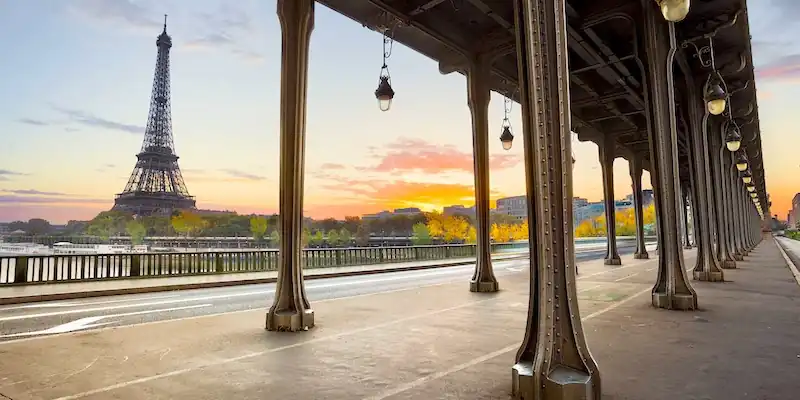 The iron columns of Pont de Bir-Hakeim support the Metro track and frame the Eiffel Tower
The iron columns of Pont de Bir-Hakeim support the Metro track and frame the Eiffel Tower
Connecting the 15th and 16th Arrondissements, near the Eiffel Tower, is Pont de Bir-Hakeim, an early 20th-century bridge spanning the river Seine. It's another Belle Epoque beauty, with decorated yet functional iron columns, sculptures, and a fabulous view of the Tower.
How this central Paris bridge — with lanes for cars, bikes, pedestrians, and even the Metro — came to be named after a remote watering hole in the Libyan desert is just part of its fascinating story.
![]()
|
Escape to the Land of Bubbly on a small-group day tour from Paris. Taste at top Champagne houses, meet boutique producers, enjoy a leisurely lunch, and toast to a perfectly sparkling day. |
|
Escape to the Land of Bubbly on a small-group day tour from Paris. Taste at top Champagne houses, meet boutique producers, enjoy a leisurely lunch, and toast to a perfectly sparkling day. |
The Enduring Allure of Paris Bridges
 The view of Île de la Cité from the Pont des Arts, photo by Mark Craft
The view of Île de la Cité from the Pont des Arts, photo by Mark Craft
Paris bridges do more than just get you from one side of the Seine to the other — they connect centuries, empires, and wildly different neighborhoods. There are 37 in all, linking the Left Bank and the Right Bank with a mix of grandeur, grit, and straight-up charm. Some are grand productions of Belle Époque excess; others are quiet footpaths with unbeatable river views. All are pieces of the Paris puzzle.
You're probably not going to cross every one of the bridges of Paris, but if you're even mildly curious about how the city hangs together, they're worth a closer look. The Seine River winds through the center of the city, and the bridges tell a story — not just of Parisian infrastructure, but of art, power, style, and the occasional barge-related mishap.
![]()
|
Browse our hand-picked Paris hotel deals with real-time discounts of up to 20%. Stay in the Marais, Saint Germain, the Latin Quarter, the Left Bank near the Eiffel Tower… every arrondissement is on the list. |
|
Browse our hand-picked Paris hotel deals with real-time discounts of up to 20%. Stay in the Marais, Saint Germain, the Latin Quarter, the Left Bank near the Eiffel Tower… every arrondissement is on the list. |
